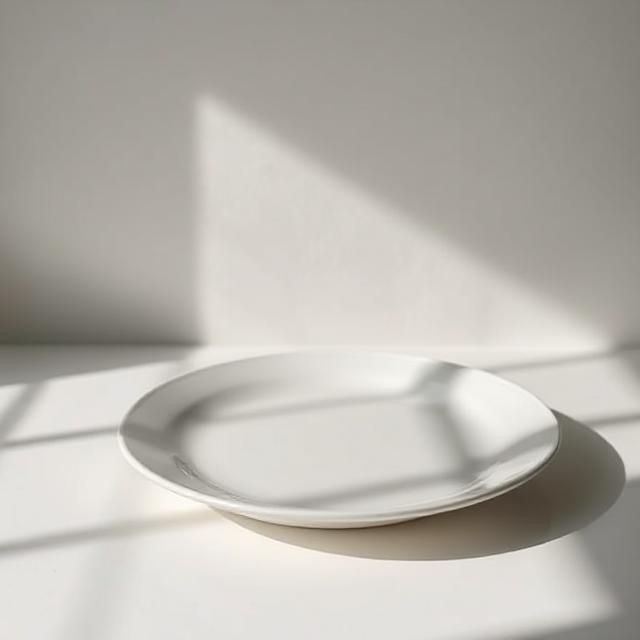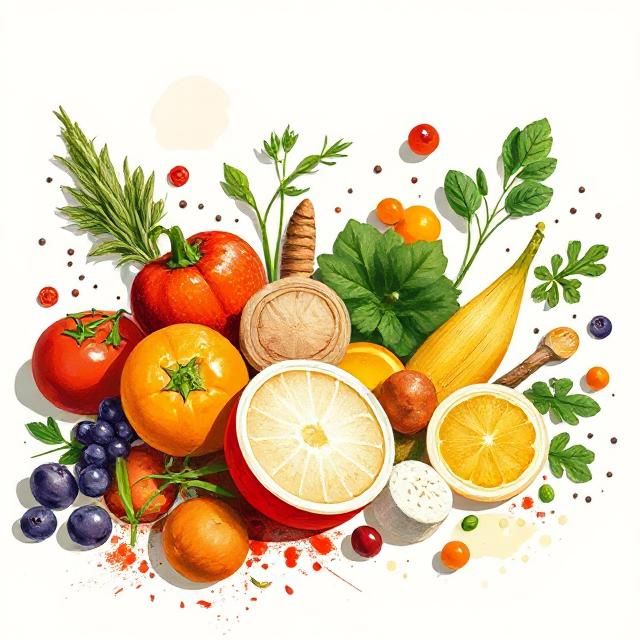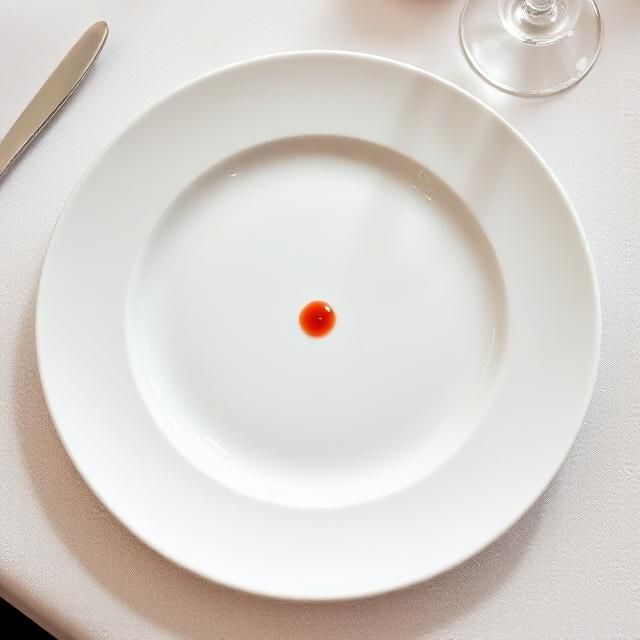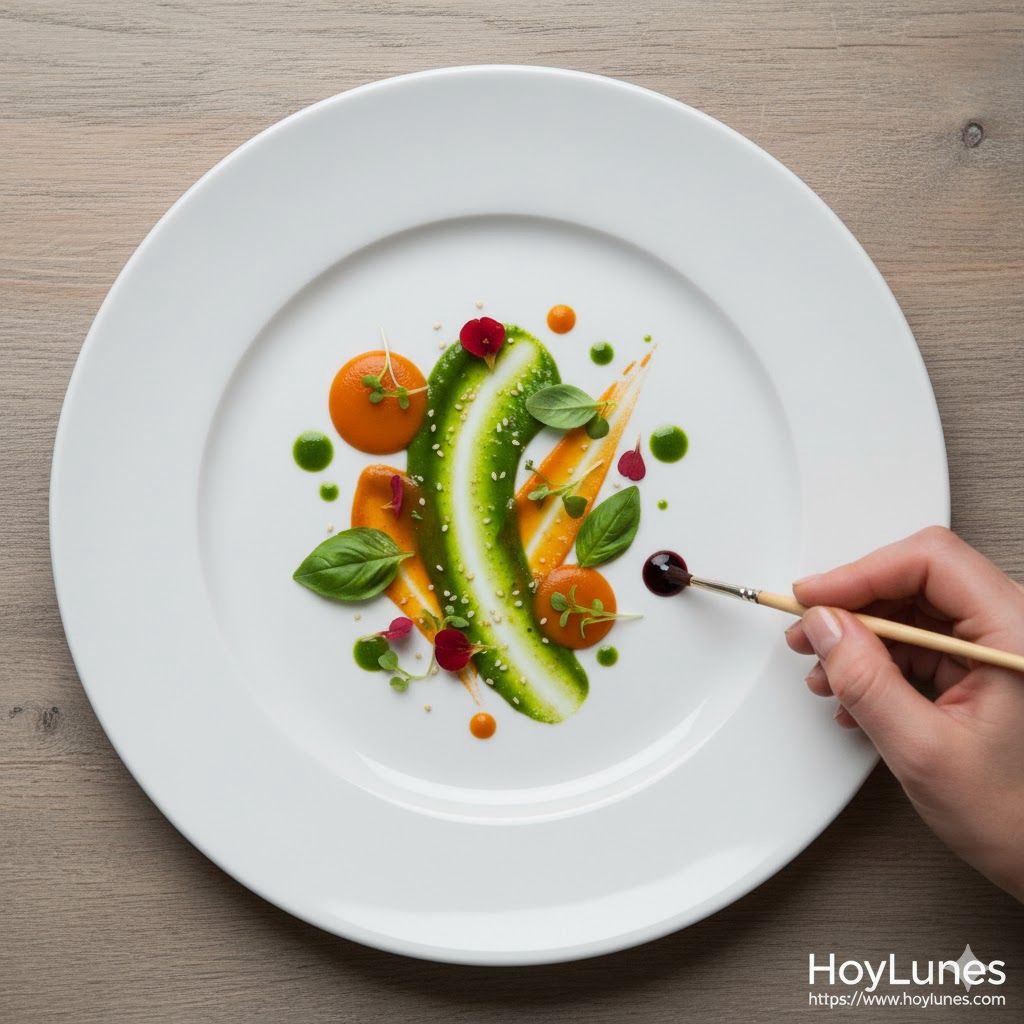In the age of screens, food has ceased to be merely a pleasure of the palate to become a visual and emotional language. The presentation of a dish—once a mere detail—has today transformed into an act of respect, identity, and aesthetic communication that redefines the very meaning of cuisine.
By Ziead Soltan
HoyLunes – For decades, gastronomy was defined by taste, technique, and fire—by the precision of cooking points, the quality of ingredients, or the gustatory memory a recipe could awaken. Yet in recent years, something has changed in the act of eating: beauty has entered the kitchen.
Today, before tasting, we observe. Before savoring, we judge with our eyes. The contemporary diner no longer seeks only nourishment: they wish to be moved, surprised—and, above all, to share it.
The table has become a stage, and each dish, a brief visual act combining art, identity, and desire.
The Power of the Gaze
In the age of social media, “plating”—the way a dish is presented—is no longer a simple aesthetic choice: it is a language. A form of communication between the chef and the public. The mobile phone camera has become the new fork, and restaurants know that a beautiful dish can travel farther than its aroma.
Color, texture, and the arrangement of ingredients work as a visual narrative. A curved line of purée can evoke motion; a sauce dropped in an irregular shape can express spontaneity or rebellion. The aesthetics of a dish reveal as much about the cook as about the flavor it offers.
And yet, it is not merely “food for Instagram.” Behind every composition lies an emotional search: how to transform the ordinary into ephemeral art, how to turn nourishment into a complete sensory experience.

The New Narrative of Taste
Contemporary chefs are no longer content merely to cook—they want to tell stories.
A dish can narrate childhood, the memory of a place, the tension between tradition and innovation, or the fragility of time. In some restaurants, a plate is not placed at random but follows an almost musical rhythm: from the center to the edges, from chaos to order, from fire to silence.
Presentation thus becomes part of the gastronomic dramaturgy. It is no coincidence that some chefs work alongside designers, photographers, or visual artists. The kitchen has evolved into an interdisciplinary space where the eye educates the palate.
Beauty does not replace flavor—but it *prepares it, awakens it, guides it.
A recent study in the psychology of taste (without needing to cite it directly) suggests that the brain reacts more intensely to visually harmonious foods: pleasure begins in the eyes and lingers in the mouth.

Aesthetics as Respect
Presenting a dish with care is not a superficial gesture. It is a form of respect—for the product, for the one who cooks, and for the one who receives it.
In humble homes, that same respect exists: a clean tablecloth, a simple arrangement, a piece of bread placed with affection. Aesthetics do not belong only to luxury restaurants; they also inhabit the households where food is shared as an act of love.
Ultimately, what this trend revives is an ancient idea: that “beauty and nourishment are both expressions of the same human desire—to care and to be cared for”.
The Plate as a Mirror of the World
The way we eat speaks volumes about our time. In an age of constant acceleration, “plating” invites us to pause, to look before devouring, to recognize that the aesthetic experience also nourishes.
There is an ethics in that beauty: one of detail, of time, of conscious gesture.
Perhaps that is why, amid digital saturation, culinary art finds its power in the tangible. To see a beautifully presented dish is not merely to admire a composition: it is to remember that even the fleeting can have meaning, that beauty—like flavor—also dissolves, yet leaves a trace.

The new gastronomy does not seek only to feed: it seeks to move, to communicate, to leave an imprint on memory.**
The Future of Flavor
The future of cuisine will not be merely healthy, sustainable, or technological. It will also be *emotional and aesthetic.* Each dish will tell a story; each ingredient, a landscape; each presentation, an intention.
Because eating is no longer only about nourishment—it is about reconnecting with our humanity through the senses.
And perhaps, in that fusion of art, emotion, and food, we will discover a new form of beauty: one that is eaten, felt, and remembered.
#hoylunes, #zieadsoltan,



